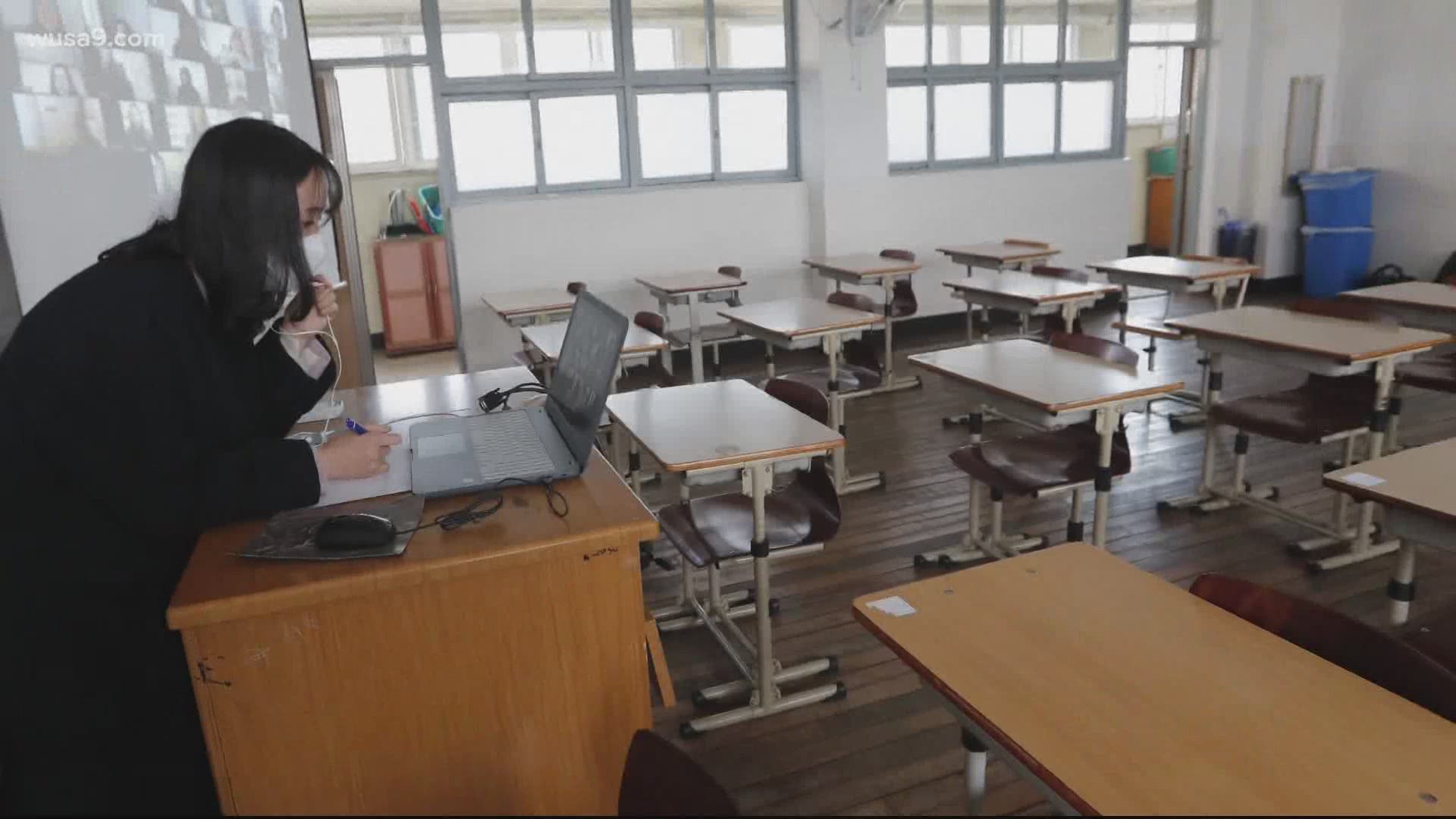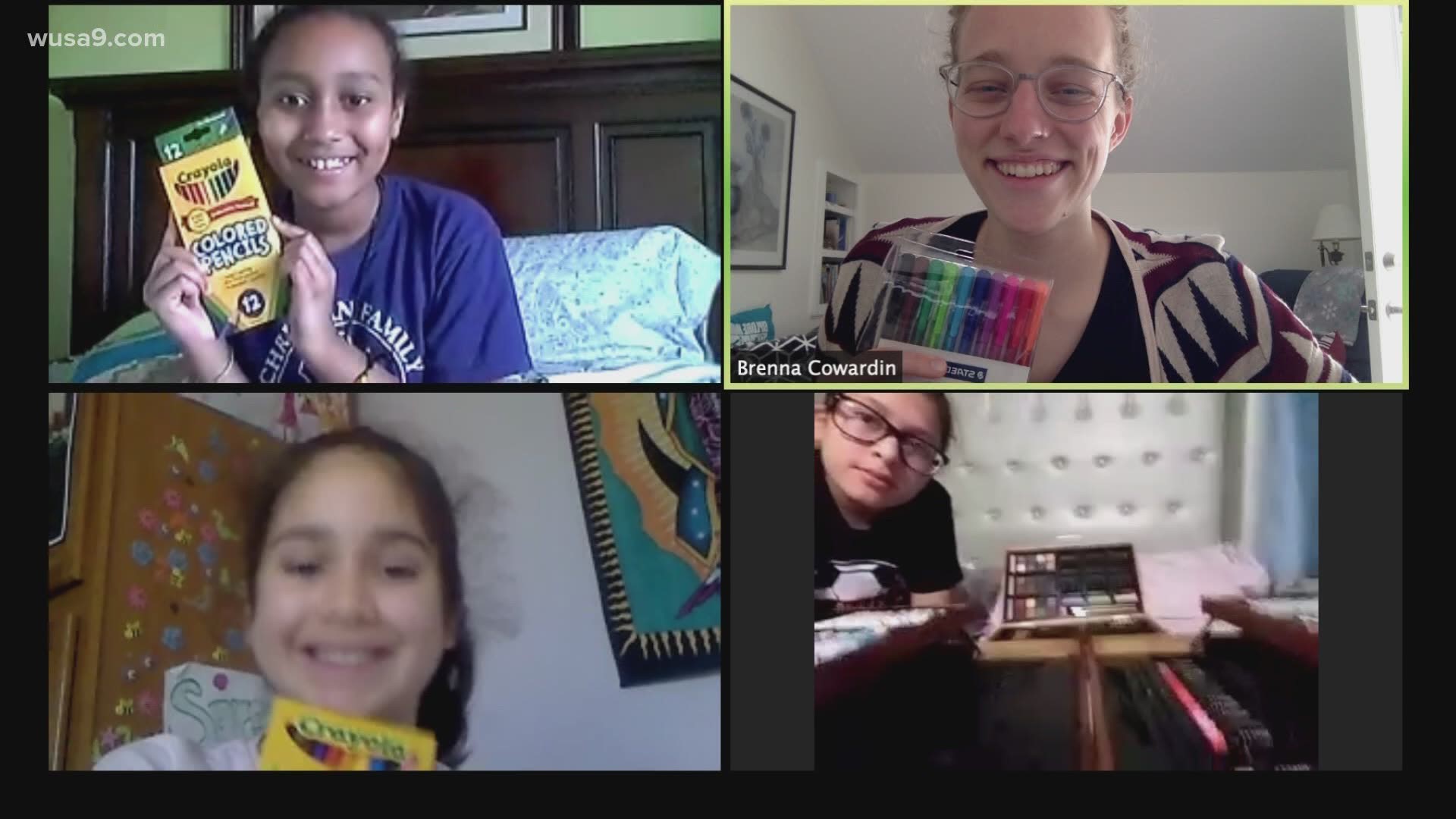ANNAPOLIS, Md. — As Maryland’s largest teacher’s union called for mandatory virtual learning across the state, Gov. Larry Hogan’s administration announced each school district will chart its fate this fall – deciding locally which methods of learning to pursue.
State Superintendent of Schools Dr. Karen Salmon said school systems should be working towards a return to in-person learning by the end of the year.
But in an Annapolis news conference Wednesday, Salmon stressed each district would be given the flexibility to choose a path similar to, or stricter than, the current measures outlined by state officials.
“We want to get our students back to school as soon as possible for in-person instruction, and this should be the driving goal and the basis for all of our decisions,” Salmon said. “However, the imminent safety and health of students and staff must, and always will be, the first priority.”
While Annapolis will allow each school system to choose specific distance or in-person learning measures, Hogan announced an Aug. 14 deadline for local plans to be submitted for state review.
The State Board of Education will ensure each district adheres to overarching “guardrails” described in Wednesday’s news conference. Among the guardrail principals:
- All systems must follow CDC guidelines for schools, which stress the importance of handwashing, physical distancing, and cloth face coverings.
- Face coverings must be worn by all staff and students, particularly when physical distancing is not possible.
- All school systems must adhere to protocols instituted by state health officials for addressing an outbreak. Schools should provide written notification and next steps to all identified contacts.
- Each district must ensure safe transportation for all students and develop a system for tracking attendance.
In response to the lack of a state-wide mandate for virtual instruction, Maryland State Education Association President Cheryl Bost urged more localities to opt for distance learning, at least for the first semester.
“Virtual learning is not a perfect solution, but it’s the safest and focusing on just one mode of education enables educators to direct their total attention to making it more rigorous and equitable,” Bost said. “Educators are committed to doing all that we can to make virtual learning as successful as possible, and eagerly await the day when public health conditions allow us to return to our schools and classrooms with our students for the in-person learning that we know is better for children.”


